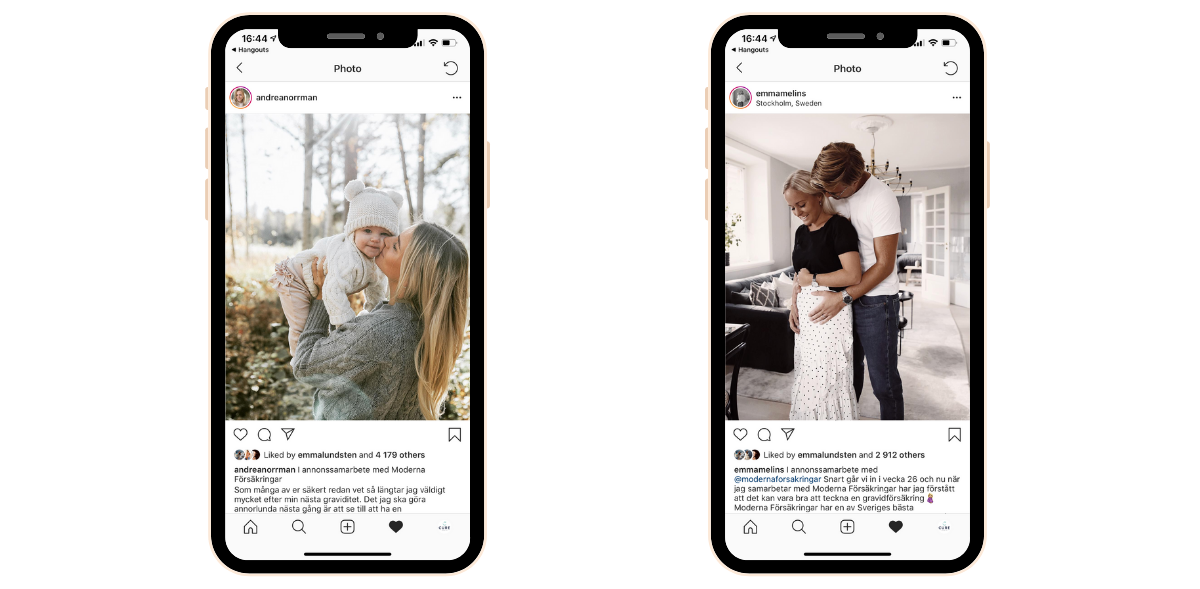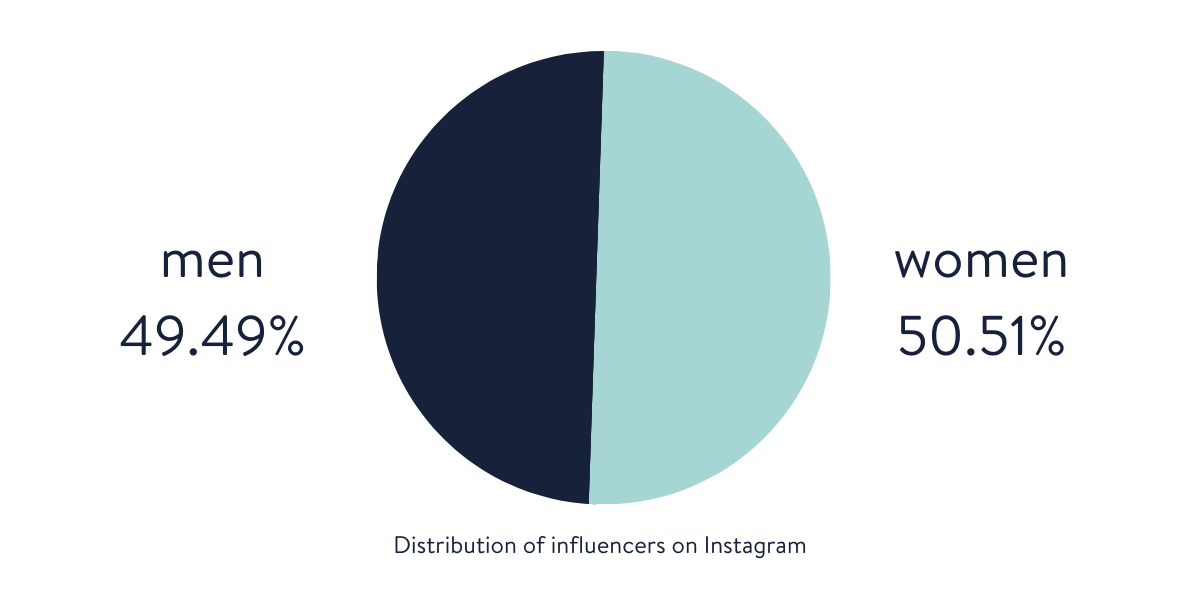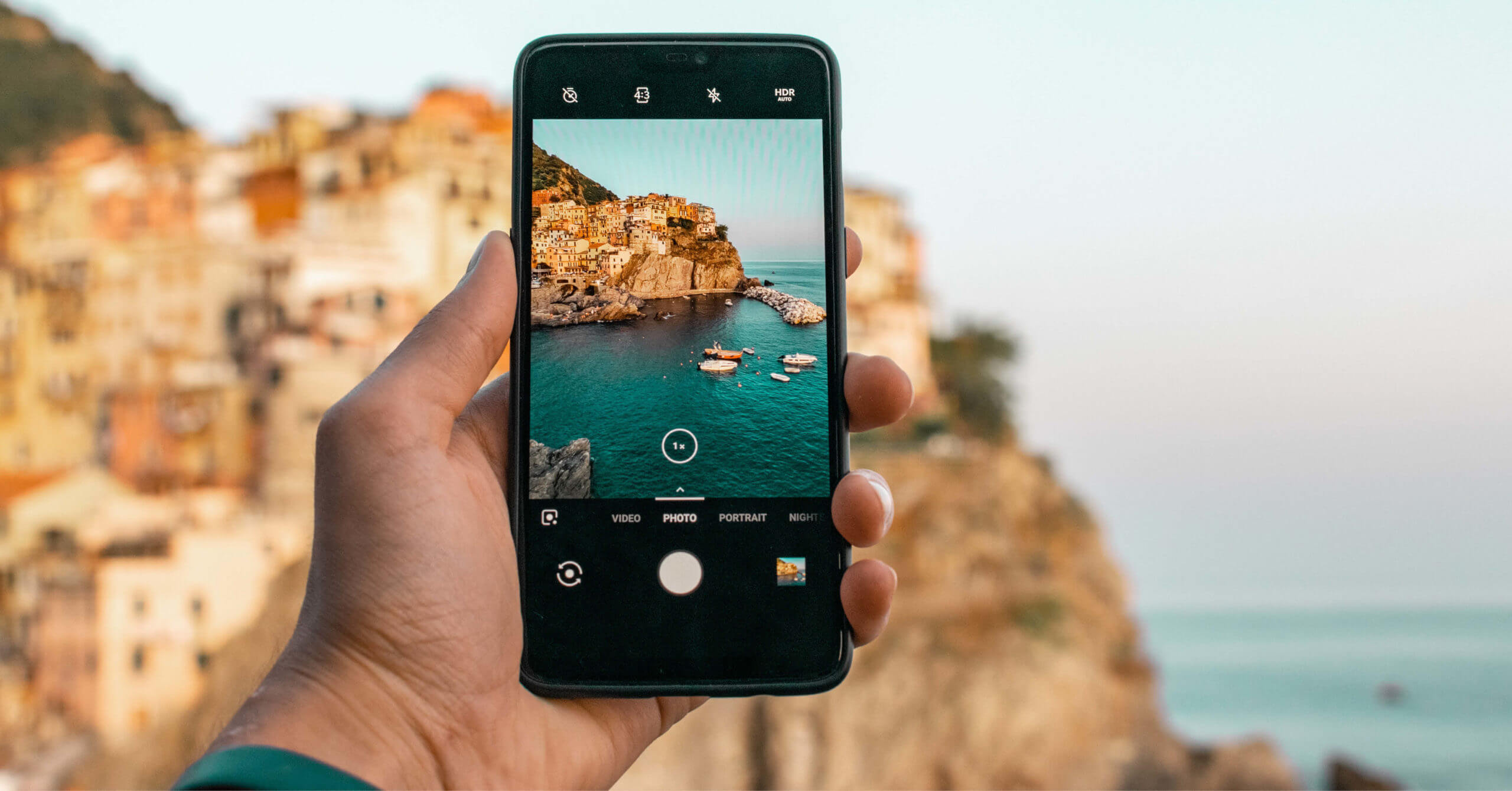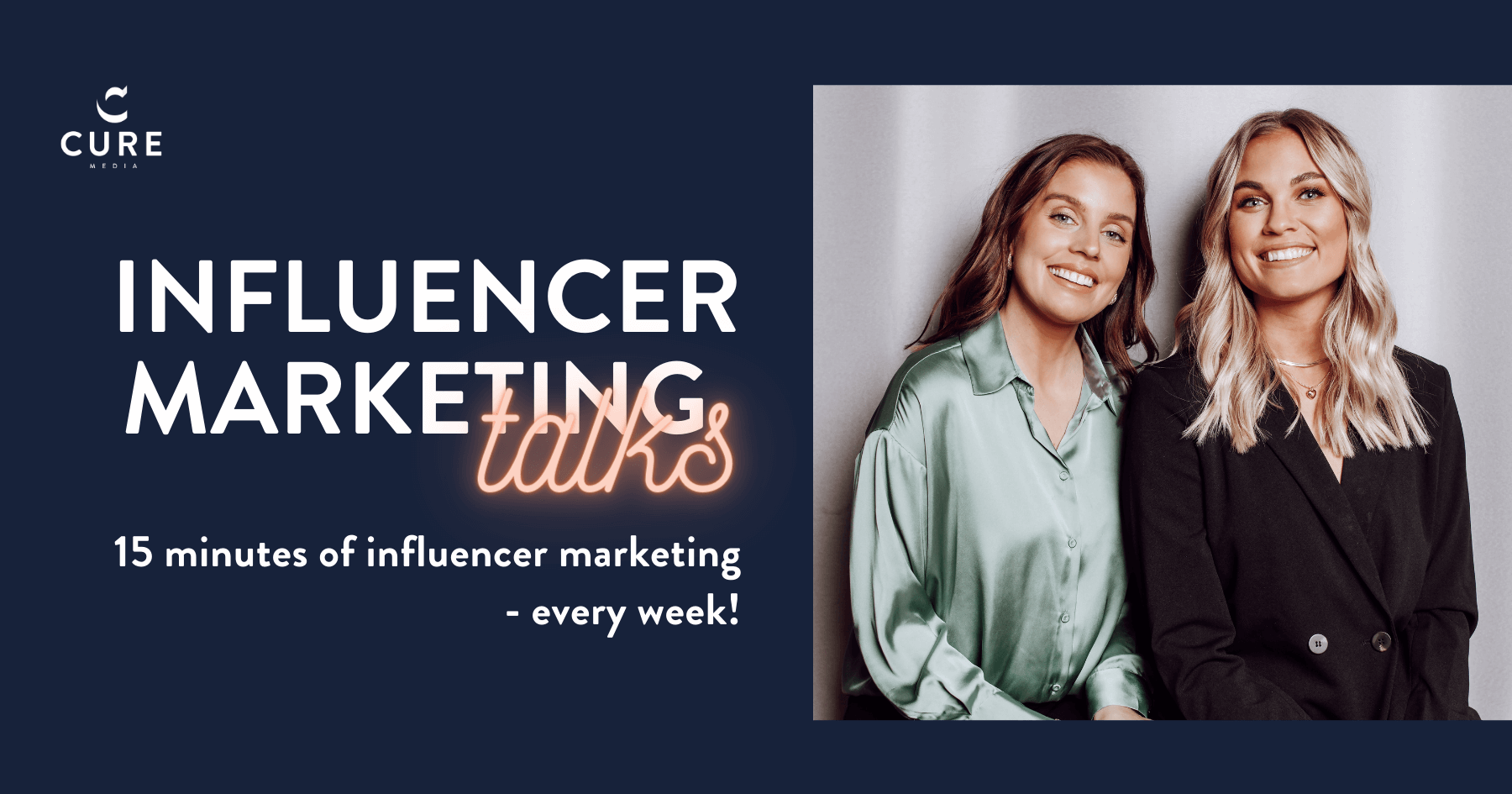With 76%, Instagram is the second favourite social media platform for companies. Many marketers already understood the worth of marketing on this platform through both their own account and the influencers’. But if an influencer marketing effort fails, marketers often blame Instagram itself for this. In this blog post, we uncover the truth about the most persistent myths of Instagram marketing.
Instagram marketing myths
It’s time for some Instagram marketing mythbusting, so here are our top 6 Instagram marketing myths that you need to know about:
1. The Instagram algorithm hides posts
Since 2016 the Instagram algorithm doesn’t work chronologically anymore and four years later it’s still a heated discussion about it. Does Instagram control which of my followers can see my posts and which not?
Not quite, the algorithm works based on interests. This means, the user sees posts of those accounts first, with whom they interact the most – hence other posts don’t get hidden but are shown when the user scrolls further down the feed. You can’t accuse Instagram of any bad intention here, on the contrary: because of the adaptation to the users’ behaviour, influencers and companies are able to reach their ‘hardcore’ fans and target group easier and more precisely!
To be always up to date with the changes of the algorithm (and other changes), we recommend the creators account of Instagram as a reliable source.
2. Instagram practices shadow banning
Besides the algorithm, there is the myth that shadow banning ensures less visibility for influencer and company profiles. This kind of reach limiting is done through a block of the corresponding account – without notification for the Instagrammer and without a proper reason. It is stated that Instagram wants to avoid users simply creating a new account to bypass the ban.
This rumour is persistent because a lot of users claim to be victims of this banning. According to Instagram, a random shadowban does not exist but an account can get blocked when it violates the community guidelines of the platform. Reasons for that can be the following:
1. The use of bots (and other growth hacking tools)
2. The use of banned hashtags, e.g. those who violate the guidelines
3. The too-frequent reporting of your account by others
4. Too much activity on your account, e.g. when you post, like and comment too much in a very short period of time. Instagram then suspects that a bot is responsible for the activity. How much interaction there has to be until you get blocked, depends on factors like your number of followers, your average engagement or for how long you have your account already.
Avoiding a ban is generally easy: stick to the community guidelines of Instagram.
3. Instagram is only effective for areas such as fashion, travel and sport companies
The platform lives from its concept of visually appealing pictures, so it’s easy to think that you can just advertise products which can be well presented on a picture. After all, how could you visualise insurance? Speaking of experience, storytelling and other creative ideas offer a good deal of possibilities to present these kinds of services effectively. For a more detailed insight, have a look at our case studies about Moderna (a Swedish insurance company) and Länsförsäkringar Fastighetsförmedling (a Swedish real estate agency).

4. You only need nice pictures for a good performance on Instagram
In relation to the previous myth, it’s a common belief that a good Instagram advertisement is only measured by visual appeal. Sure, good pictures are the be-all and end-all of Instagram marketing but it is not THE indicator for success – neither for the marketing on your company account nor for that on the influencer’s account. Instagram gets spammed with visually high-quality photos every day. But to stand out of the crowd, you also need to deliver posts with high-quality content or respectively make sure your chosen influencer does. So, what are “posts with high-quality content”? The keyword is added value: with storytelling, personality, useful tips and basically arousing emotions in the target group, you can attract their attention.
If you want to know why and how exactly so-called micro influencers can help you with realising this goal, read this blog post!
5. You can only reach a female target group through Instagram
It appears that female influencers dominate the scene but the numbers actually speak a different language: There are only 1% more female influencers than male influencers on Instagram. Also, the amount of male followers is underestimated. In the younger target groups (between 18 and 34 years old) are even more male than female users. How profitable an Instagram marketing activation with males as the target audience can be, shows a study of PWC: Men spend almost double the amount of money on purchases related to an influencer advertising.

If you like to get a more detailed insight into how to reach men with influencer marketing, have a look at this post!
6. Business accounts have disadvantages compared to private accounts
There still is this rumour, that the reach would decrease if you switch from a private to a business account. In reality, a whole new range of possibilities to do marketing opens up for you, when you have a business account.
Here are three examples:
1. From 10.000 followers upwards you can implement links in your Instagram story. This means, your followers can shop your products way more comfortably, as they don’t need to take a detour to your bio to get the link.
2. You can place ads, i.e. increase your reach.
3. You get access to Instagram Insights and be able to evaluate and optimise the performance of your account better. Examples of information you can see are reach, impressions, profile views or demographic data.
The saying “knowledge is power” is as worn as true. In the digital age, myths spread at lightning speed and it’s not easy to see through all the half-truths. The best advice we can give you is always to question those kinds of claims and obtain information from reliable sources.
Continue the conversation around digital marketing and social media in our podcast!



